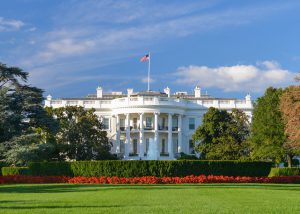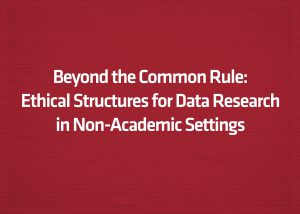Balancing Free Expression and Social Media Monitoring
Last week, central Florida’s largest school district announced that it would begin monitoring a number of social media sites for posts “that may impact students and staff.” As more and more school districts look to social media to monitor and track students, it raises big privacy questions. Certainly, many schools have reacted to school shootings, student suicides, and bullying concerns by connecting with social-media-monitoring companies to help them identify problems for which school personnel, parents, or even law enforcement may need to take action. In fact, when tragedies have taken place, the first reaction has often been to scour social media to see whether there were clues that should have led to action or intervention.
Parents appear to have largely accepted this general practice, but the limits of school’s tracking and monitoring their students remain unclear. As Jules and I explored in an op-ed for Education Week last month, we don’t yet know how to strike the right balance between monitoring and tracking—while allowing individuals to vent, blow off steam, and otherwise freely express themselves online without feeling surveilled.
While this story deals largely with monitoring students, the public at large has contradictory and conflicting views about social listening. According to a 2013 Netbase study, 51% of consumers want to be able to talk about companies without them listening, but 58% want them to respond to complaints and 64% want companies to respond when spoken to. To avoid a notorious creepy label, schools — and indeed any organization — ought to be open and transparent about why they’re listening and what they’re listening for. The public’s views of social listening can be contradictory and confusing.
We hope to explore this issue further, and welcomes any thoughts and feedback from anyone out there . . . listening.
-Joseph Jerome, Policy Counsel



